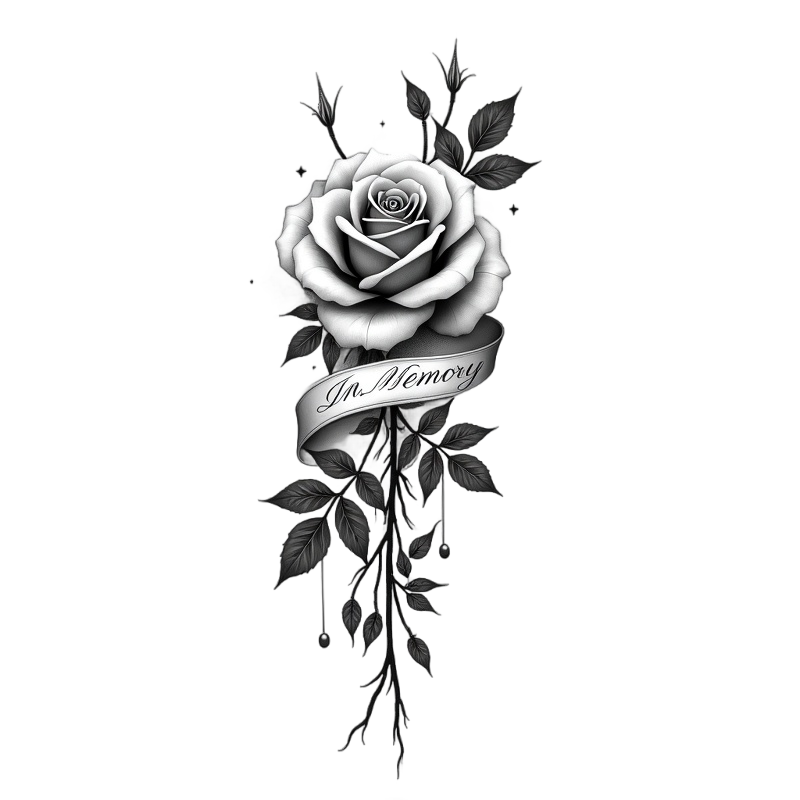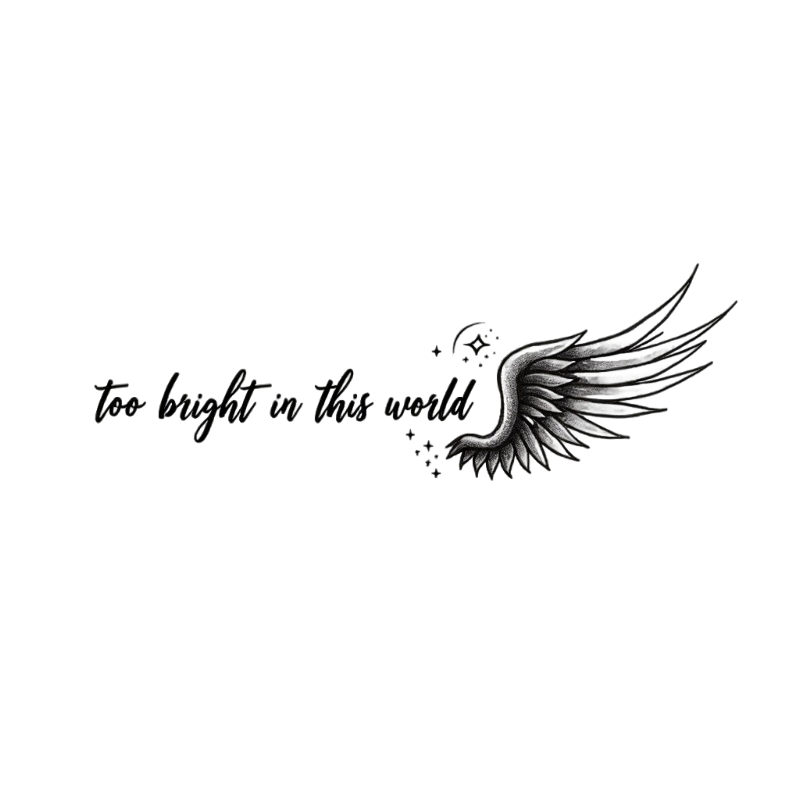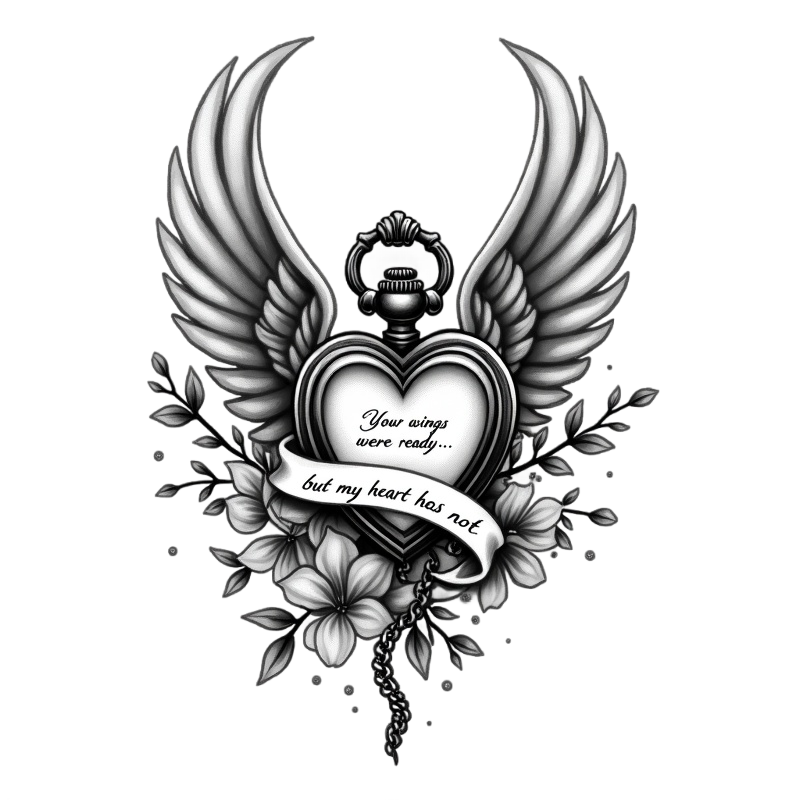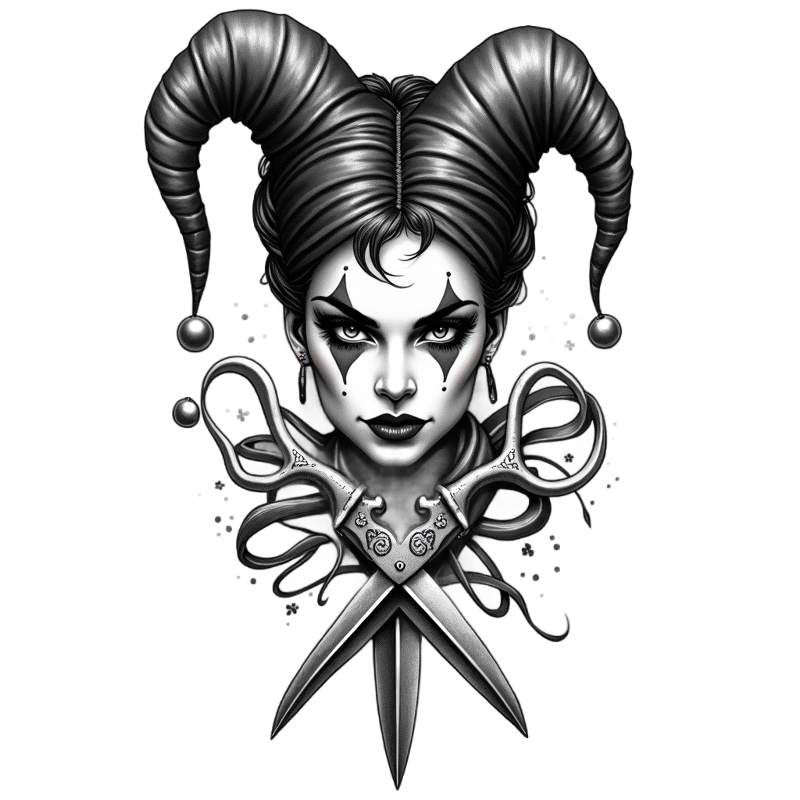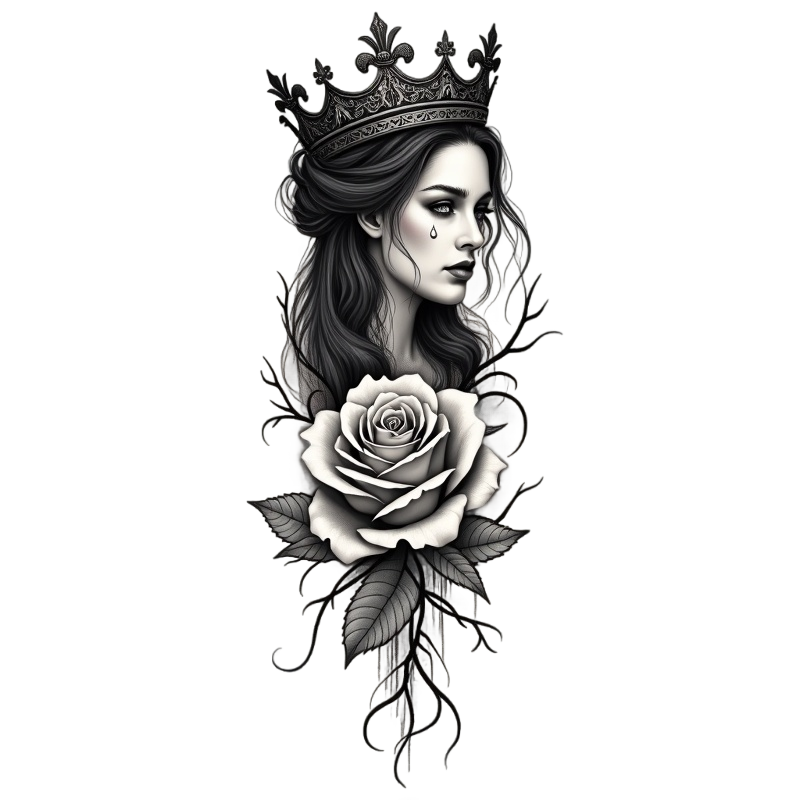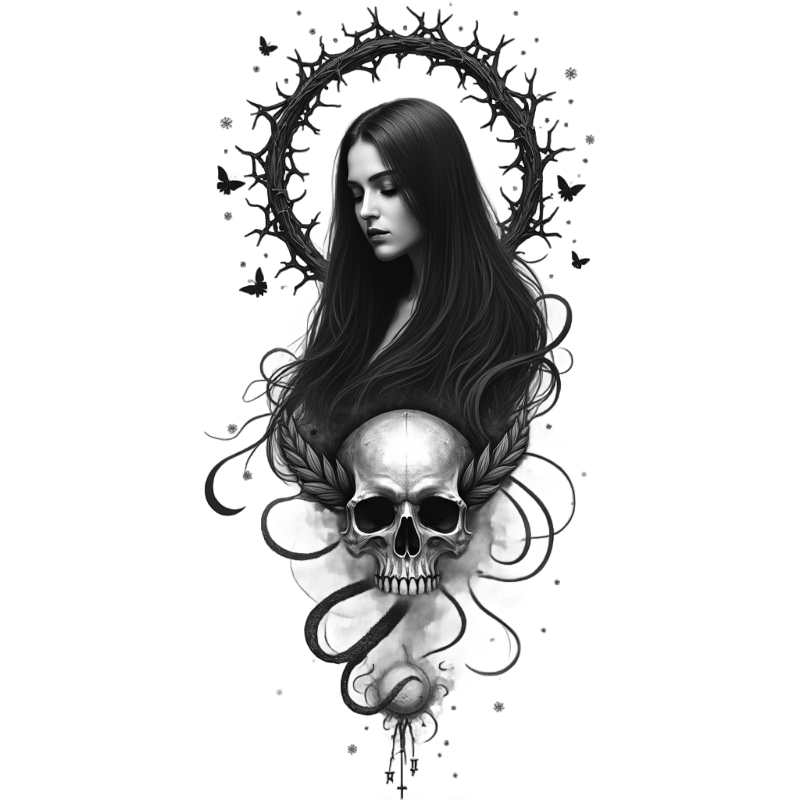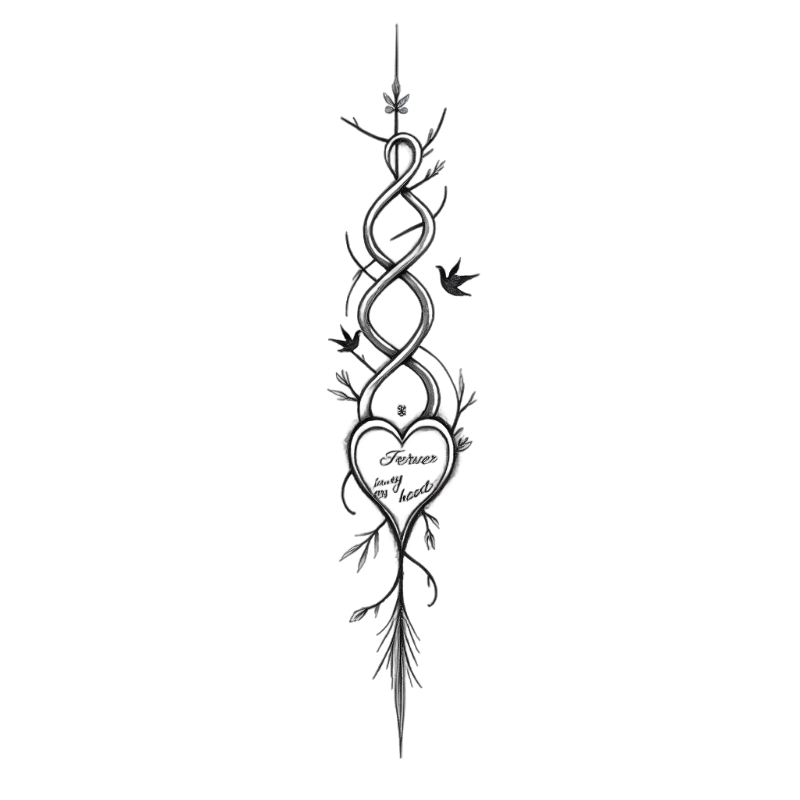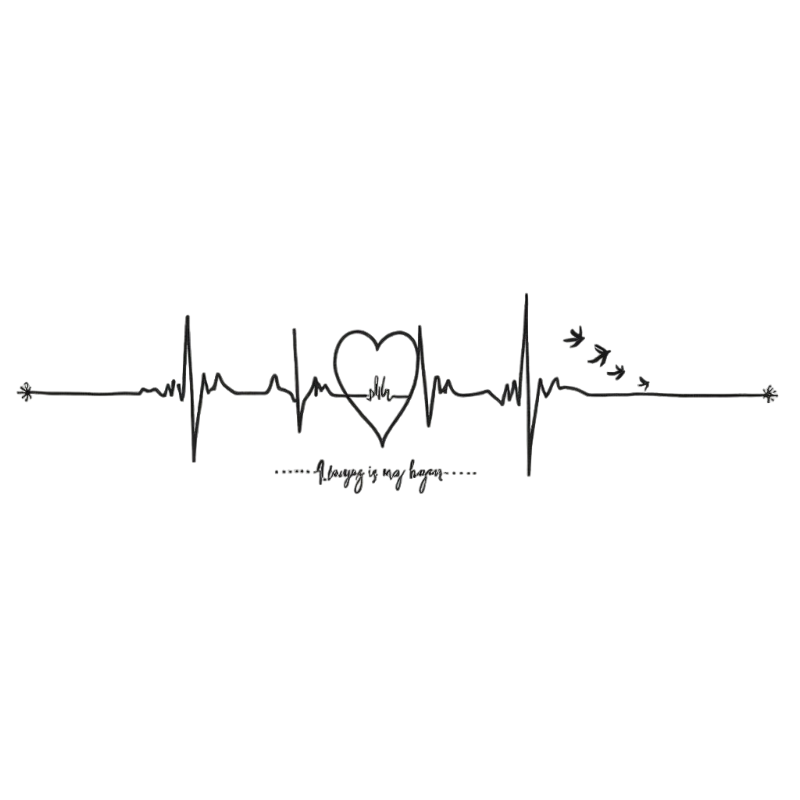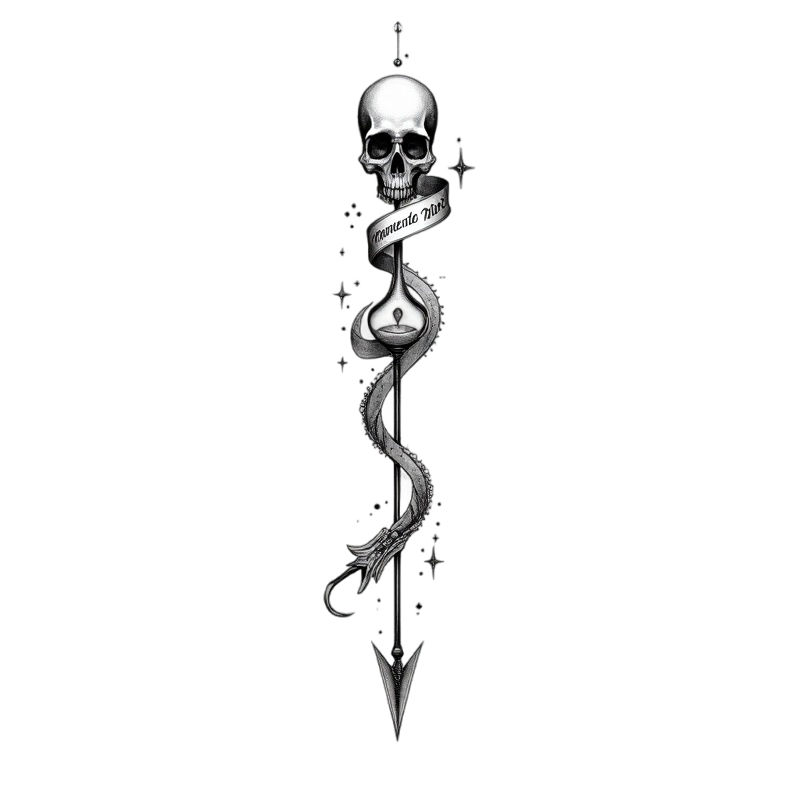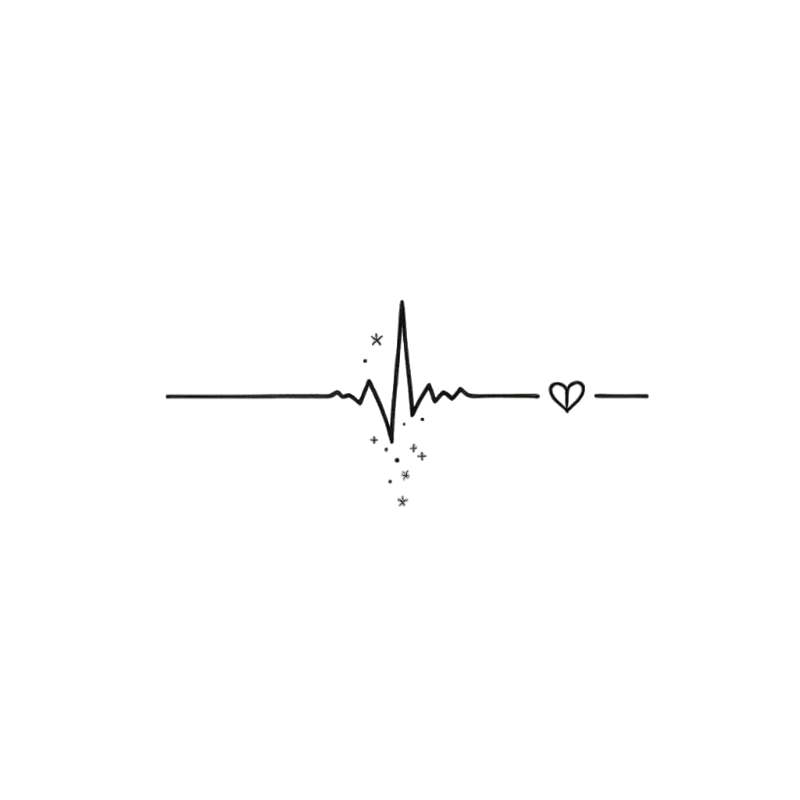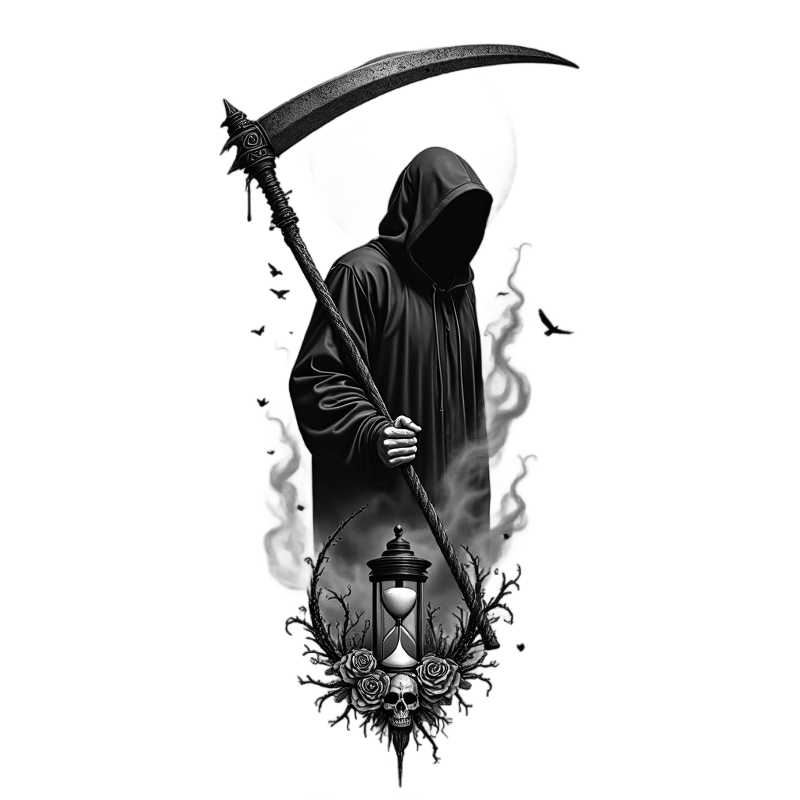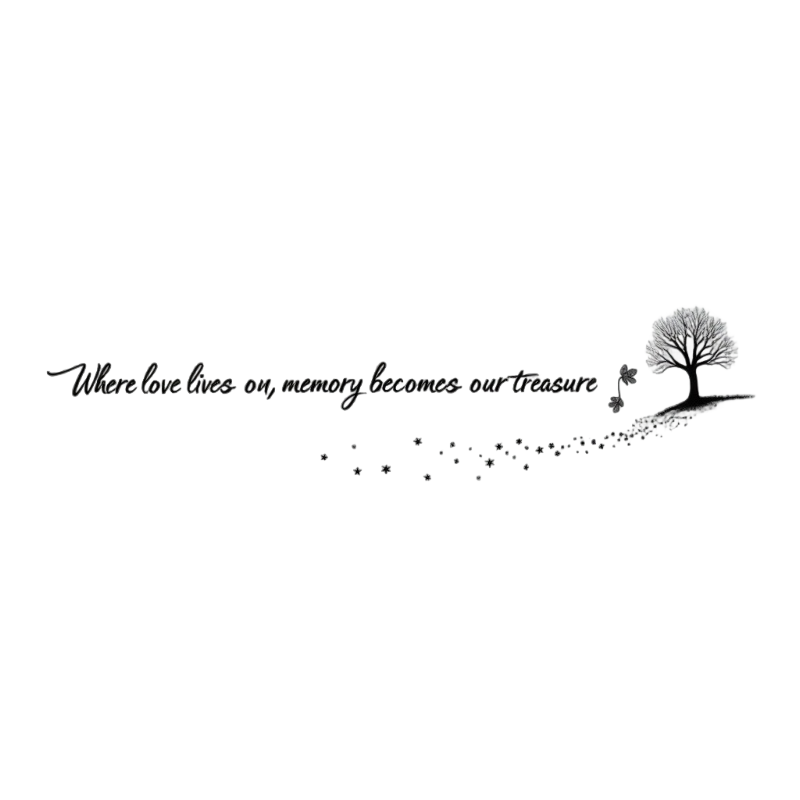Life and death Tattoo Ideas, Designs and Meaning
Meaning of Life and death Tattoos
- The "life and death tattoo" symbolizes the duality and balance between existence and mortality.
- It often represents the cycle of life, reminding individuals of the transient nature of life and the inevitability of death.
- Culturally, this tattoo can be linked to philosophies and religions that emphasize the importance of living in the present and accepting the natural order of life and death.
- Historically, the concept of life and death has been depicted in various art forms, including tattoos, to convey messages of resilience, transformation, and rebirth.
- This tattoo idea is popular among both genders and can be placed on various body parts, such as the forearm, chest, or back, depending on personal preference.
- Common styles for this tattoo include realistic, abstract, and traditional designs, often incorporating elements like skulls, flowers, or hourglasses.
- In some cultures, the life and death tattoo can also signify a personal journey or a significant life event that has shaped the individual's perspective on life and mortality.
2,103 Tattoo Ideas
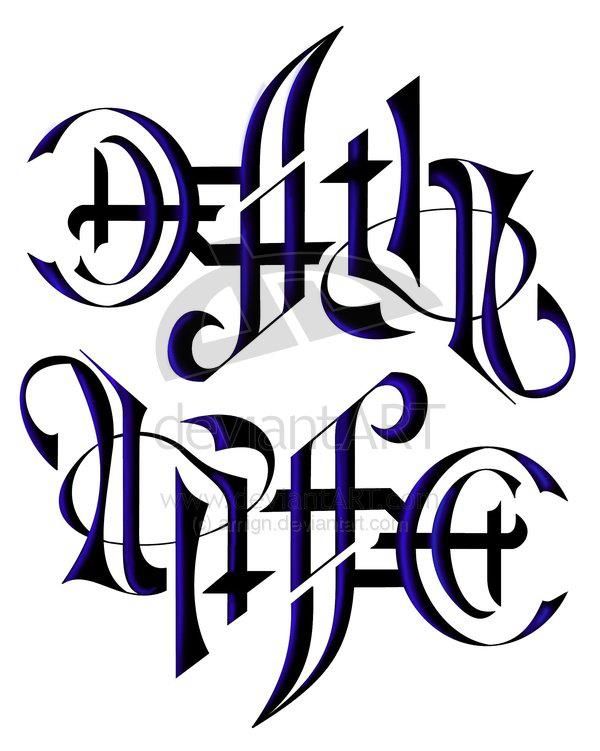

My Tattoo
Selection from Pinterest
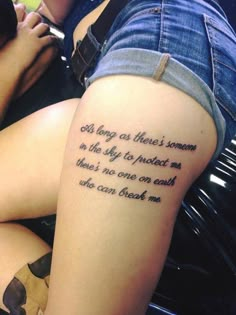

36 Best lost loved ones tattoo ideas | tattoo quotes, memorial tattoos, cute tattoos
Selection from Pinterest


Celebrate Life and Death With These Awesome Day of the Dead Tattoos - KickAss Things
Selection from Pinterest


Death Tattoos
Selection from Pinterest


150 Best In loving memory tattoos ideas | tattoos, in loving memory tattoos, memorial tattoos
Selection from Pinterest
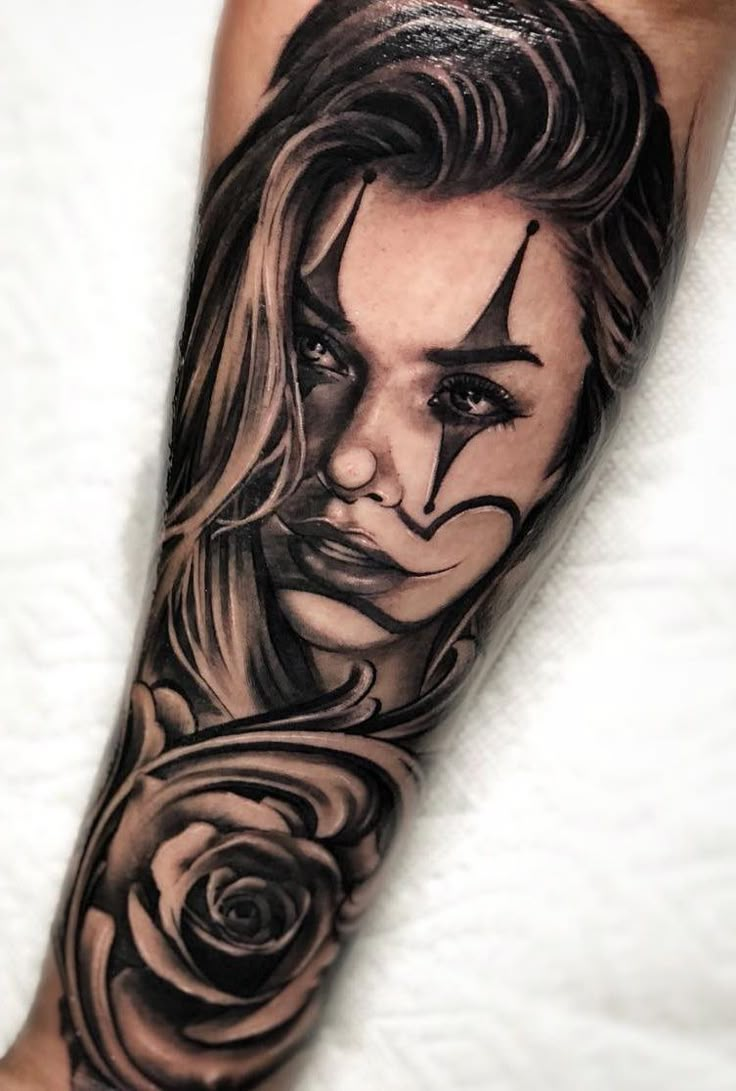

Celebrate Life and Death With These Awesome Day of the Dead Tattoos - KickAss Things
Selection from Pinterest


Celebrate Life and Death With These Awesome Day of the Dead Tattoos - KickAss Things
Selection from Pinterest
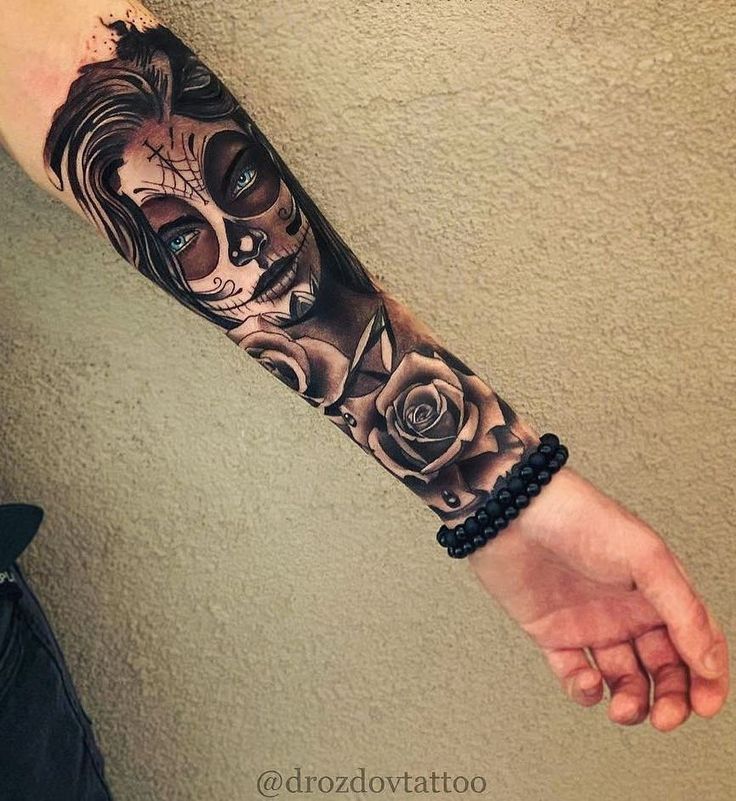

Celebrate Life and Death With These Awesome Day of the Dead Tattoos - KickAss Things
Selection from Pinterest


Pin on Tattoo Ideas
Selection from Pinterest
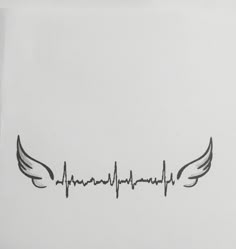

100 Memorial Tattoos ideas | memorial tattoos, tattoos, tattoo designs
Selection from Pinterest
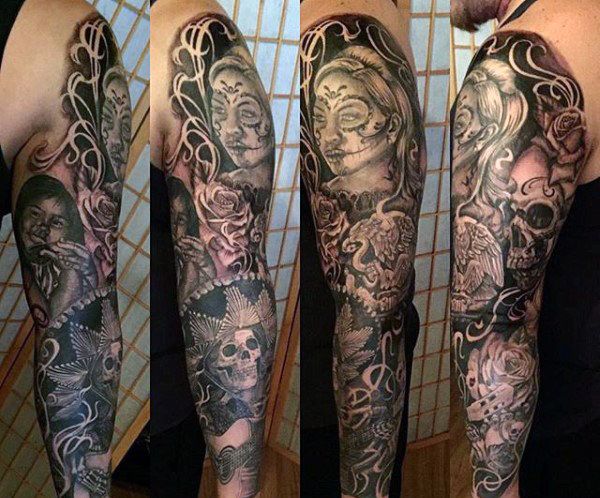

67 Day Of The Dead Tattoos for Men
Selection from Pinterest
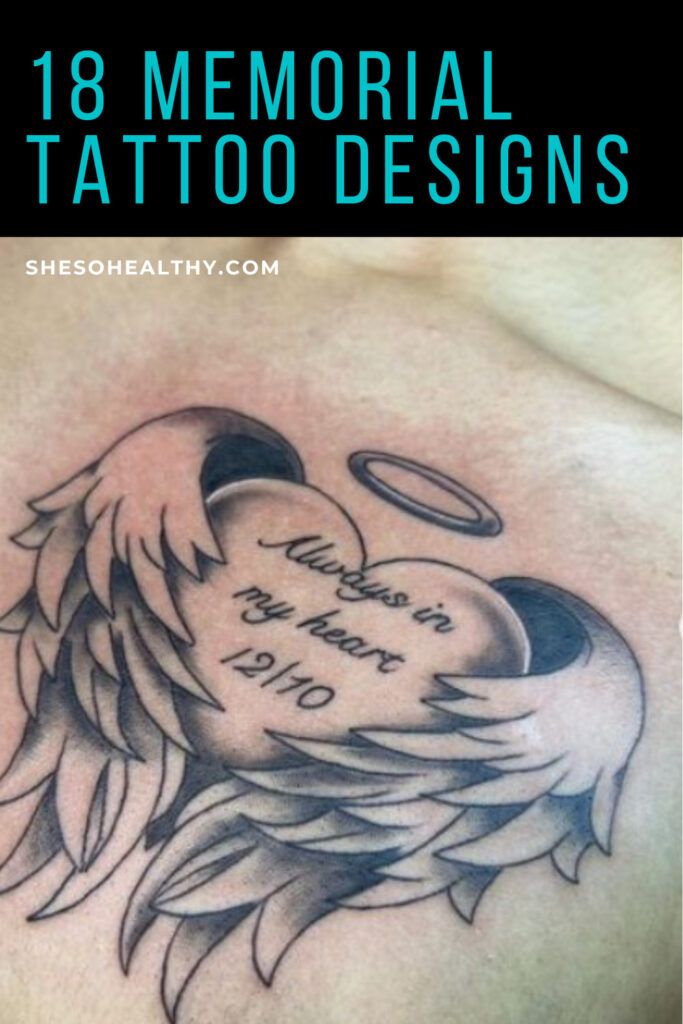

18 Lost Loved Ones Memorial Tattoo Ideas - She So Healthy
Selection from Pinterest
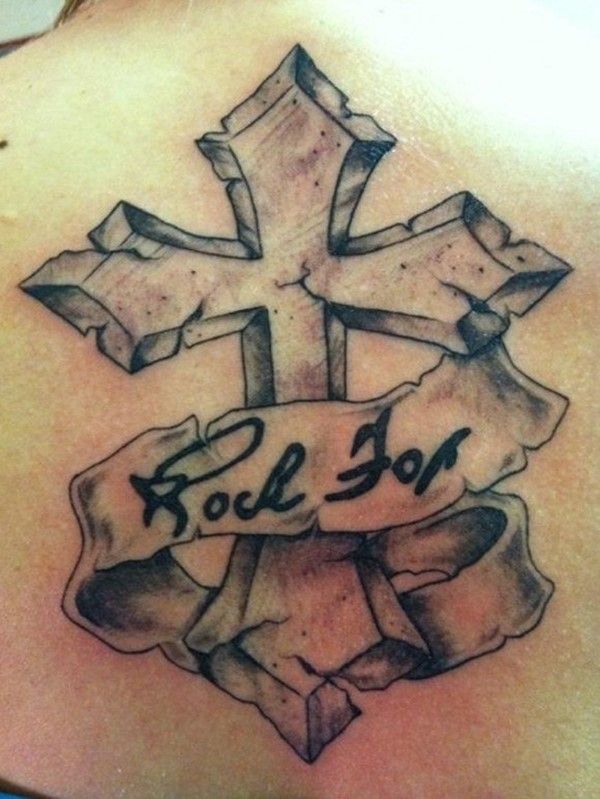

175 Meaningful Memorial Tattoo Design Ideas
Selection from Pinterest
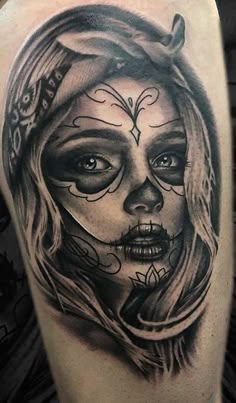

Life death tattoo
Selection from Pinterest
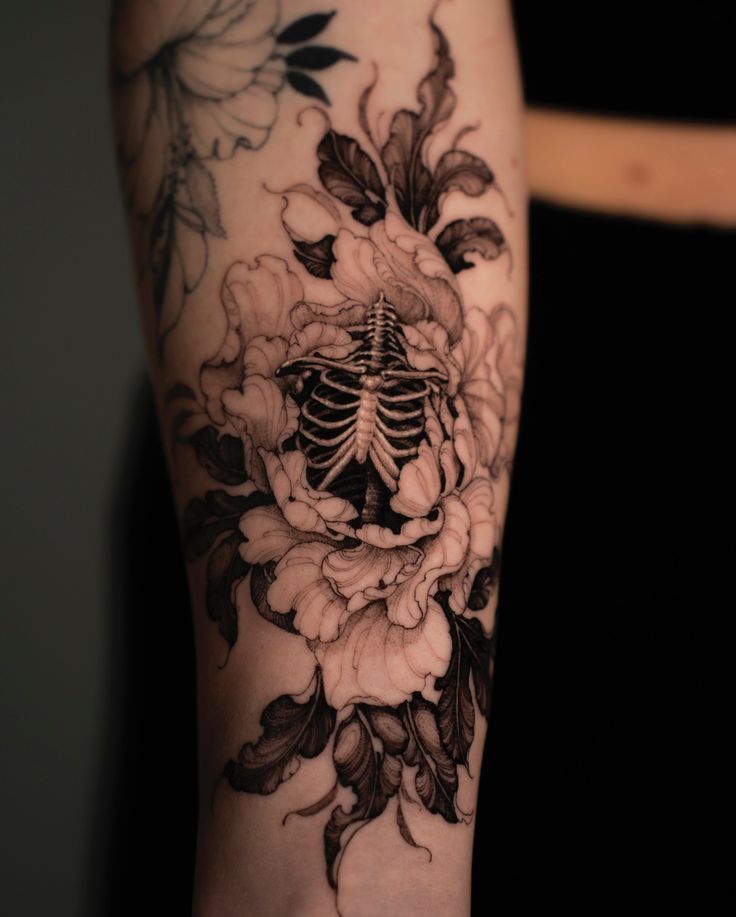

Here's a tattoo that captures the contrast of life and death. This piece, done for my client Cylie during my guest spot in Vancouver at @lamaison. tattoo features a skeleton ribcage intertwined with
Selection from Pinterest
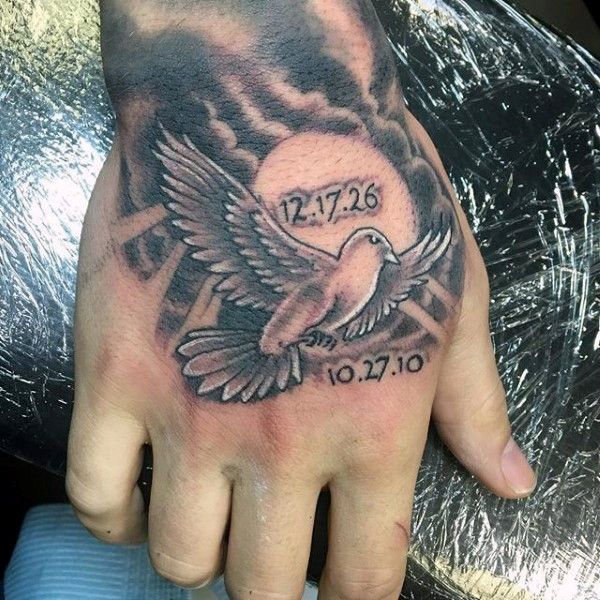

175 Meaningful Memorial Tattoo Design Ideas
Selection from Pinterest


Skull Tattoo Ideas: 60+ Inspiring Designs And Meanings
Selection from Pinterest


36 brothers Memorial tattoo ideas | tattoos, cool tattoos, body art tattoos
Selection from Pinterest


175 Meaningful Memorial Tattoo Design Ideas
Selection from Pinterest


49 Incredible Life Death Tattoo Designs for Men
Selection from Pinterest
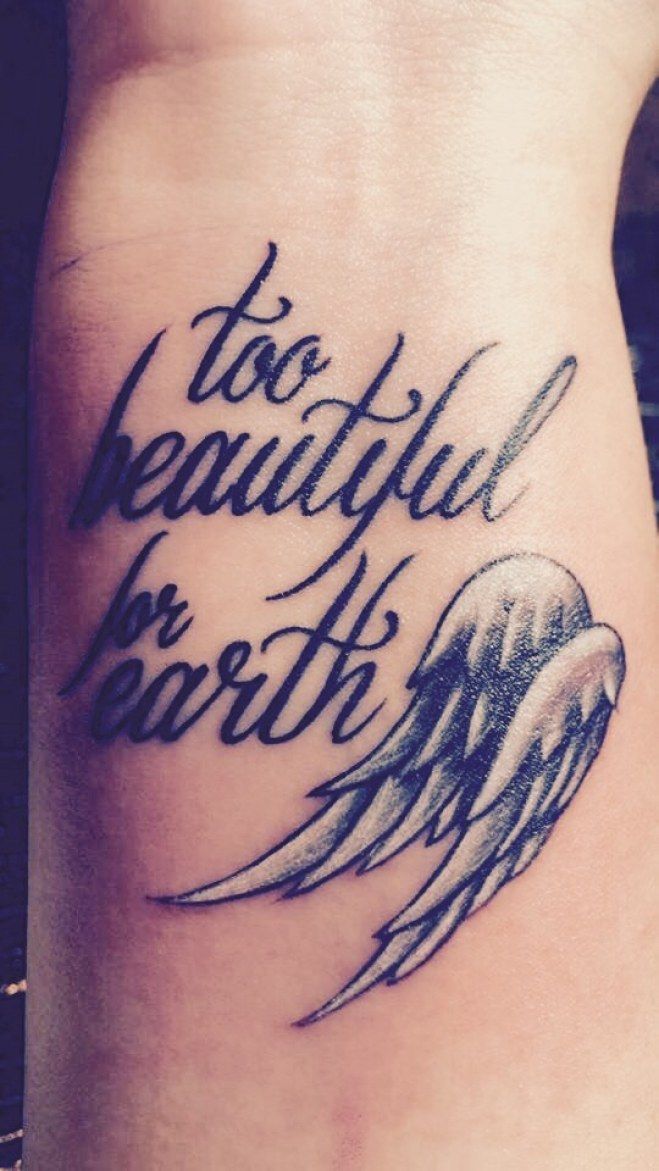

Pin by Chrystal Sims on new tat in 2025 | Remembrance tattoos, Tattoos, Angel tattoo for women
Selection from Pinterest


Tattoo When a Loved One Dies
Selection from Pinterest
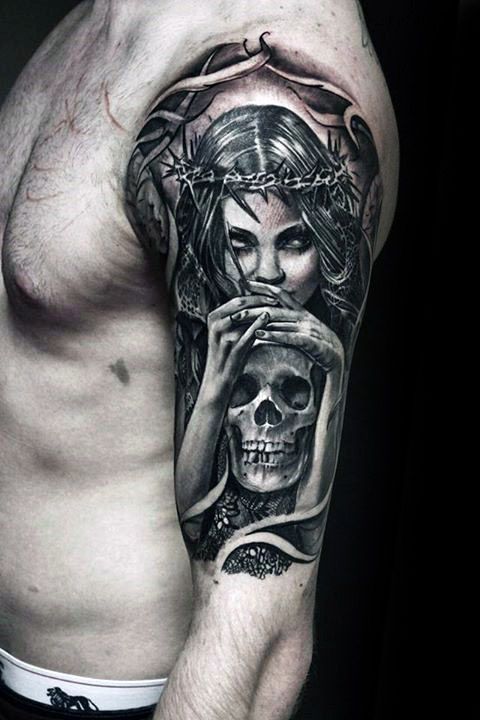

49 Incredible Life Death Tattoo Designs for Men
Selection from Pinterest
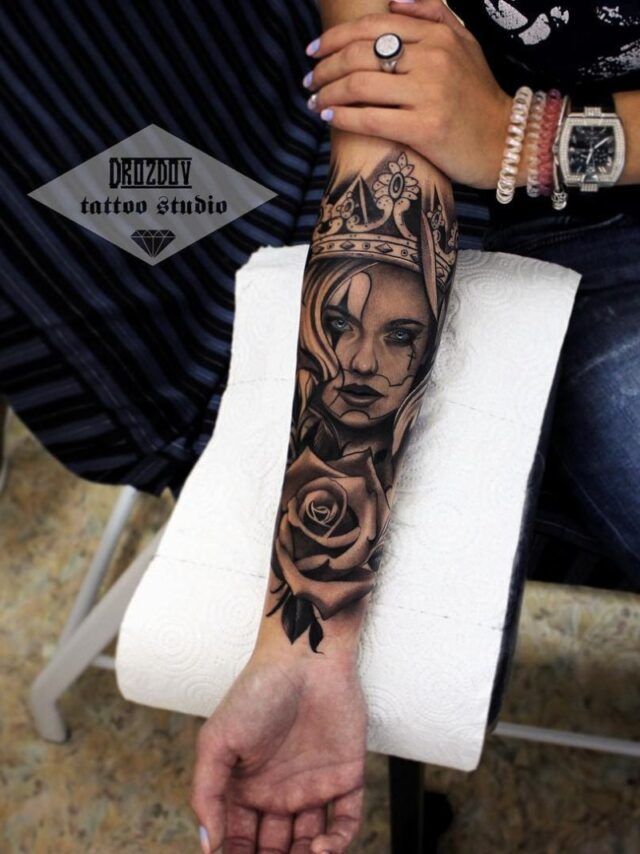

Celebrate Life and Death With These Awesome Day of the Dead Tattoos - KickAss Things
Selection from Pinterest
One App to Store All Your Tattoo Ideas
Store your tattoo ideas in one place and Virtual Try-On them on your body!

Avoid Regrets with 3D Virtual Try-On!
Do a 3D Virtual Try-On to see how your tattoo design looks like on your body before you get it tattooed. Powered by Tatship's AI and 3D technology.



Cultural Considerations and Taboos for Life and death Tattoos
When considering a 'life and death' tattoo, it's important to be aware of cultural sensitivities. In some cultures, death is a taboo subject, and symbols associated with it might be considered disrespectful or inauspicious. For instance, in certain Asian cultures, the depiction of skulls might be seen as ominous or disrespectful to ancestors. Additionally, religious symbols incorporated into the tattoo should be approached with respect and understanding of their significance to avoid cultural appropriation.
Popular Tattoo Styles and Variations for Life and death Tattoos
The 'life and death' tattoo can be rendered in various styles, each offering a unique interpretation. Realism is a popular choice, capturing intricate details of skulls and natural elements. Traditional or neo-traditional styles might use bold lines and vibrant colors to create a striking contrast between life and death elements. Blackwork or dotwork styles can provide a more subtle and intricate design, often focusing on the interplay of light and shadow. Watercolor styles can add a sense of fluidity and movement, symbolizing the ever-changing nature of life.
Historical Origins and Evolution of Life and death Tattoos
Historically, the concept of life and death has been a central theme in art and literature across cultures. In ancient Egypt, the ankh symbolized life, while the scarab beetle represented rebirth, both often depicted in tattoos. In medieval Europe, the 'Danse Macabre' or 'Dance of Death' was a popular motif, illustrating the universality of death. Tattoos featuring life and death themes have evolved over time, reflecting changing attitudes towards mortality and the afterlife.



